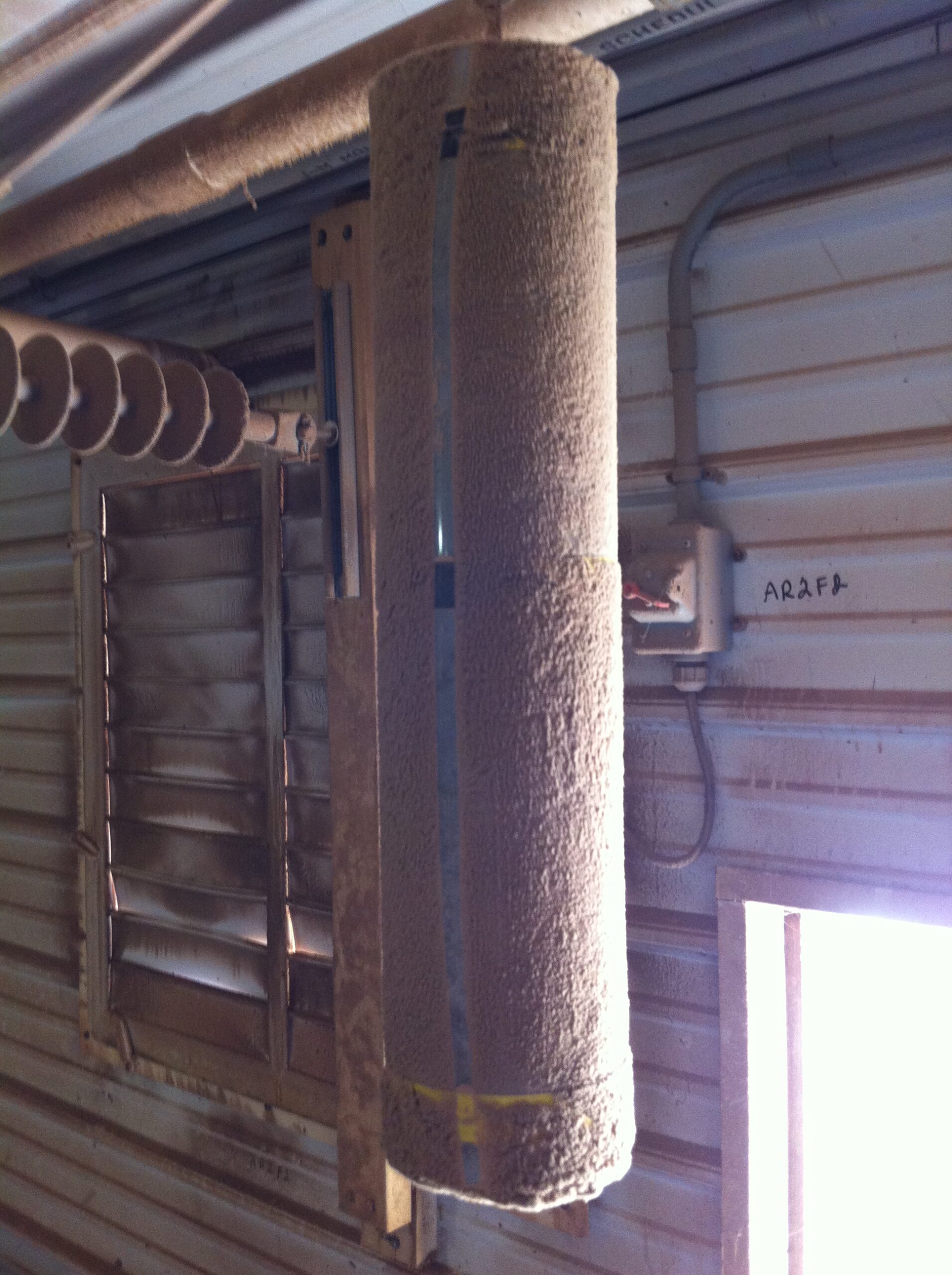EPI AIR DATA
Leading swine, poultry and livestock producers know that healthy animals mean healthy profits. EPI Air technology provides livestock producers with a never before available option to improve in-barn air quality. This new patented technology is proven to clean dust particles and gasses from air in the barn. Data shows that EPI Air results in significant production improvements. Murphy-Brown, LCC has determined, based on its production test data, that the cost to produce a pig was reduced $.368/cwt. At that rate, it calculated full return on its investment in 33.4 weeks. Not all producers may attain the same level of performance, but an ROI within 18 months is attainable, based on data from other tests.
EPI has a proven track record of production improvement with both swine and poultry. Extensive research has been done on the effectiveness of EPI by Murphy-Brown, LCC on swine production, and the British Columbia Sustainable Agriculture on Poultry production, both with consistent results.
Veterinarians and researchers are investigating how EPI improves performance. Below are some hypotheses:
- EPI traps moving dust particles – Most bacteria and viruses in the air are attached to dust particles, and then spread as dust particles spread. With EPI Air, the majority of dust particles, bacteria, and viruses are trapped to surfaces, instead of being airborne.
- Less dust in the air may reduce the challenge to respiratory and immune systems. Feed energy not diverted to the immune system or fighting an irritation to the respiratory system may be used for growth. That may help each animal better reach its genetic potential.
- EPI starves the cell to death– By loading up the bacteria or envelope virus in the barn with negative ions, EPI Air disrupts the transfer of energy for the bacteria, starving it to death. Bacteria and envelope viruses rely on ion transfer through the bi-lipid layer of the cell wall to stay alive. An abundance of negative ions on the cell may disrupt the transfer of nutrients in and out of the cell.
- EPI may help pigs fight secondary infections in PRRS (Porcine Reproductive & Respiratory Syndrome) infected pigs. EPI Air represents a harsh environment for bacteria and less pollution in the air may lead to less challenge to the respiratory system. These two factors may help PRRS-infected pigs avoid secondary infections.

Curious how EPI can affect your livestock production? Contact us to find out.
